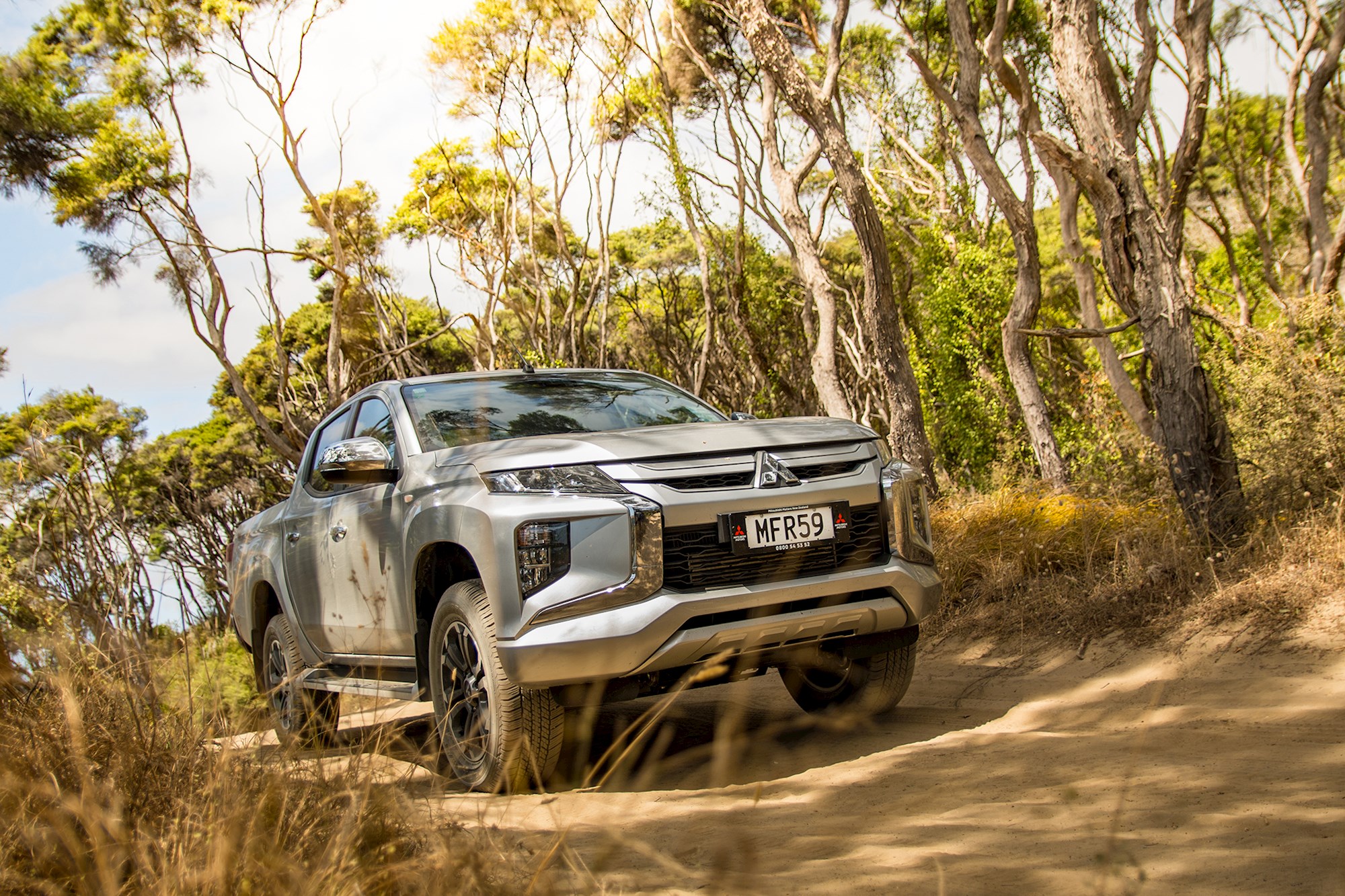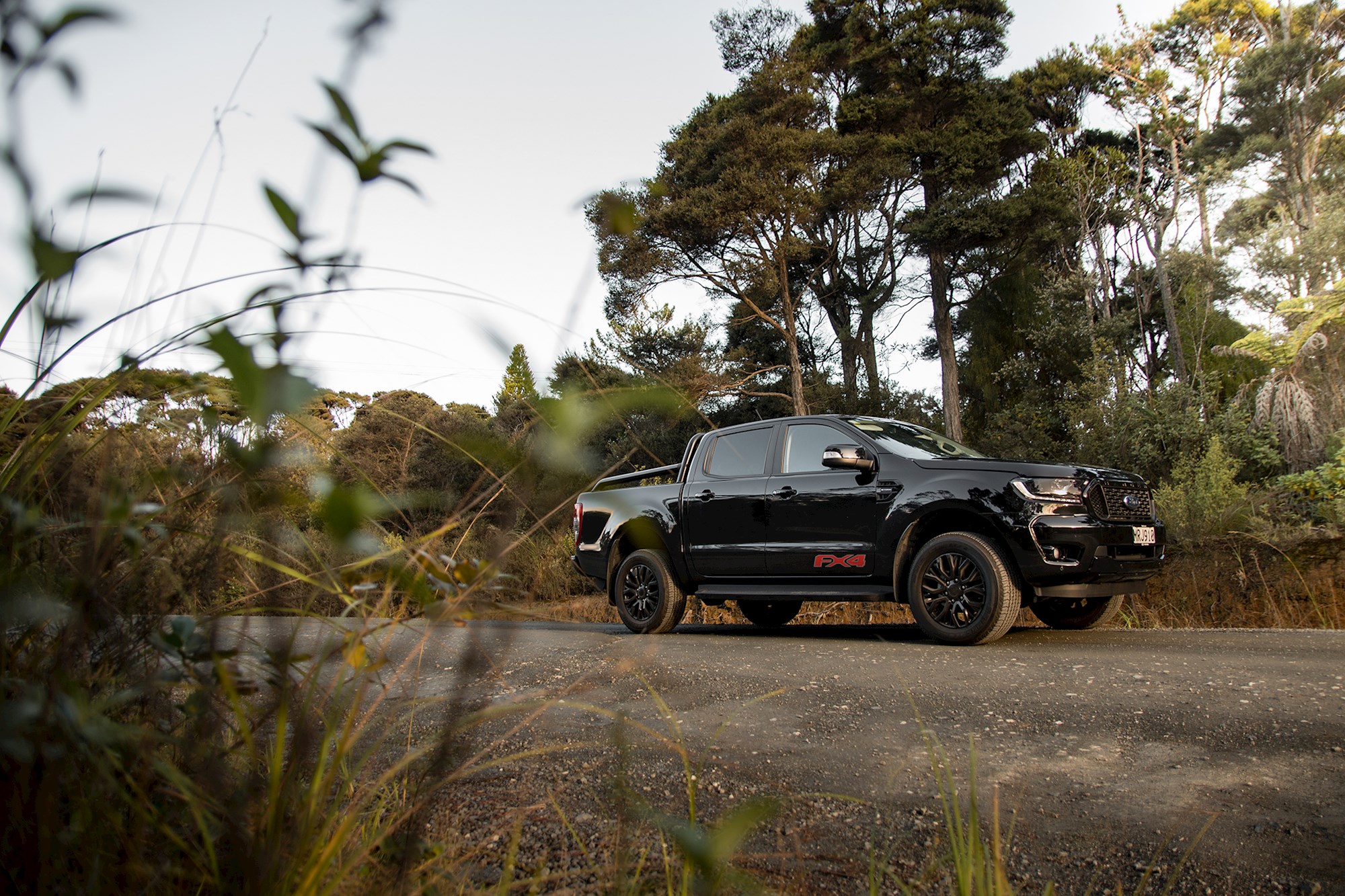DRIVEN's headquarters is, generally, one rolling ongoing argument after another about all things four-wheeled. Whether it's cars currently on test or rose-tinted memories from years gone by, the next passionate vehicular debate is never far away.
It made sense to take this excitable energy and turn it into something (hopefully) useful. As such, welcome to DRIVEN's new online content series (published each Monday), where we pick out the cars that we would actually buy with our cold hard cash.
Following on from last week's deep dive into compact hatchbacks, we turn this week to the competitive and slightly tribal world of double-cab pick-ups. Love 'em or not, these things are all over Kiwi roads. Here's what we'd buy.
Editor, Dean Evans: Nissan Navara
Photo / Dean Evans
I’ll be blunt from the top and say a ute does not suit my lifestyle. But, given the popularity and task at hand, a Ranger or Raptor is my personal pick for comfort: as long as someone else is paying the bills or lease. Though even an XLT would be fine.
So many to choose from, I equally like(d) Merc’s X-Class for its sheer comfort, both cabin and ride – and er, ‘forced’ exclusivity. But it’s my money/my pick, so the SsangYong Rhino appears on the podium as rather appealing: looks good, drives well, and has that big tray in XL version and offers decent ride quality when not working hard. Which reinforces that my own ute use would be very limited to on-road and commuting.
So balancing ride comfort with cabin comfort, tech, style and a large helping of budget, I’d likely lean towards a personally favoured badge, and pick the Nissan Navara 2.3 twin-turbo. Navara’s the fifth most popular ute in NZ, and starting at $26,990, that’s a good hook. Though I’d want the ST-X 2WD auto at $55,190… but I’d most likely pay $42,990 for ST auto 2WD. That is, if I bought a ute.
To view Nissan Navaras listed for sale on DRIVEN, click here
Deputy Editor, David Linklater: Toyota Hilux Workmate 2WD
Photo / supplied
I’ve always had a soft spot for the Toyota Hilux: it has genuine Kiwi heritage and it’s a name that resonates with real people almost as much as the Corolla.
Toyota NZ let the Hilux’s sales crown slip away to Ranger back in 2015 partly by not having a broad enough range of models. It’s learnt that lesson now and the lineup is stretched even further with the revised range for 2020, which will include a locally customised flagship model.
Don't want to miss a thing? Click here to sign up for DRIVEN's newsletter
But Hilux’s point of difference among the flashy double-cab ute crowd has always been its roots as a working truck. That’s why I’ll be specific about my pick: I love the entry-level Hilux WorkMate 2WD, which confounds one-tonner expectation by being low to the ground and having a petrol engine.
It’s exactly what practical utes used to be, except this one is also bang up to date with the Toyota Safety Sense (TSS) system, which includes adaptive cruise control, lane departure alert, road sign recognition and the Pre-Collision suite of tech with autonomous emergency braking including pedestrian and road sign recognition.
I reckon it looks the business with its unpainted front bumper and black steel wheels, and it also happens to be just $28,990. At that price you might be thinking twice about that family hatchback.
To view Toyota Hilux vehicles listed for sale on DRIVEN, click here
Senior Multimedia Journalist, Matthew Hansen: Mitsubishi Triton GLX-R

Photo / Matthew Hansen
It’d be easy for me to write off the Triton as ‘the ute for people that don’t like utes’. But it’s such a solid all-rounder that the tag seems almost unfair.
I’m a bit biased here, having owned (borrowed? Possessed?) a Triton long-termer for a few months earlier in the year. I was ready for the cheap cabin materials and dinky infotainment screen. But I wasn’t ready for the surprisingly plush ride, comfy seats, and hard-to-knock 2.4-litre donk.
There’s lots of fair complaint that can be levelled at the Triton’s small bed, but let’s be honest here. How many ute buyers in New Zealand are actually using their bed for anything other than the odd run to the tip or Bunnings for patio furniture?
The value of Tritons doesn’t stop at their cheapo retail pricing either. Discounts are plentiful, to the point where I was able to find a couple of demo-kilometre 4WD GLX-Rs listed on our site for close to five grand off the $41,990 retail price. The GLX-R appears to be the best value in the range; not just in a traditional mid-spec-is-best-spec kind of way, but also because they appear to be copping the most consistent discounting.
To view Mitsubishi Tritons listed for sale on DRIVEN, click here
Digital Writer, Andrew Sluys: Ford Ranger

Photo / Matthew Hansen
It may seem like a bit of a normie choice, but having just spent the weekend hooning DRIVEN’s Ford Ranger long-termer I’m here to confirm that the hype is real.
While New Zealand’s most iconic ute may be the Toyota Hilux, there’s no question as to what our favourite has become. Whether you’re out in our beautiful countryside, or in the depths of a city, you’ll almost always be able to spot a Ranger. And there’s reason for that.
First things first, it does everything that you’d want a ute to do. Apart from the Ranger Raptor’s 2.4-tonne towing rating, the rest of the range can handle up to 3500kg, which goes toe-to-toe with the best in class. And in terms of off-road capabilities, there isn’t much that its platform and 4WD system paired with the low-range gearbox can’t handle.
Unless you’re going for the range-topping Raptor, the Ranger’s exterior styling is arguably the most reserved in the segment, something that is set to change with the introduction of the next-gen model.
The current June 2020 $46,990 sale on two-wheel drive Ranger FX4s makes for a sharp bargain, but at any other point of the year the Ranger XLT volume seller is the pick of the range. The $51,990 (2WD) and $64,490 (4WD) retail pricing is a little spendy, so bring your shrewd negotiation A-game.




